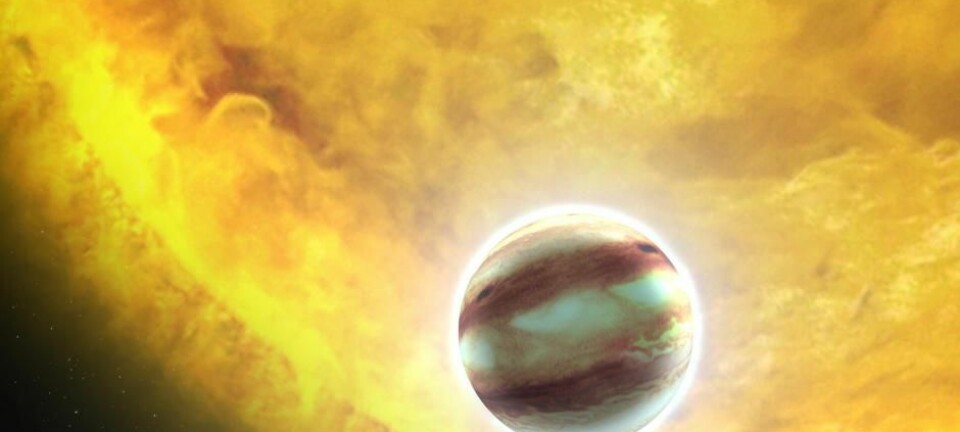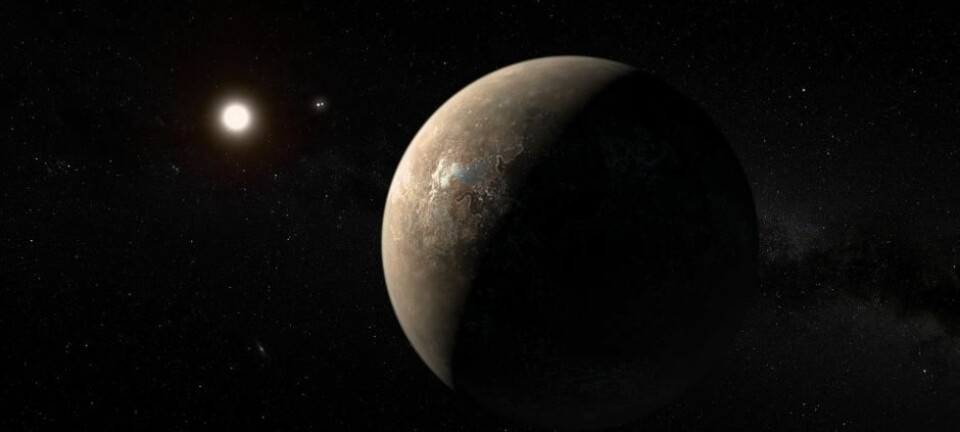
PhD students find 95 new planets
The discovery was made with the help of the once damaged Kepler telescope.
Ninety-five new exoplanets—planets that orbit around stars other than our sun—can now be added to the long list of planets that have been discovered since the 1990s.
Ph.D. student Andrew Mayo from the Technical University of Denmark (DTU Space) is behind the discovery, which is described in a new study.
“Exoplanets are extremely cool,” says Mayo. “People are fascinated with discovering new worlds, and we are getting closer to finding a twin Earth. I think this is the best possible way for scientists and humanity to find life in the universe, if it’s not already somewhere in our own solar system,” says Mayo.
In eighteen months, Mayo and fellow Ph.D. students analysed data from the Kepler space telescope and they have now identified 95 new planets. This takes the total number of planets identified with Kepler to around 300, after the telescope was damaged and began a new mission, K2.
Read More: How do scientists find new planets?
Original Kepler mission had to end
“This story is fun, partly because of the K2 mission. It’s been immensely successful in many ways,” says Professor Jørgen Christensen-Dalsgaard from the Department of Physics and Astronomy and the Stellar Astrophysics Centre at Aarhus University, Denmark. He was not involved in the new study.
The original Kepler mission came to an end after four years due to problems with two of the four reaction wheels, and scientists believed the telescope was lost.
But in 2014 they solved the problem and the telescope was functional once again.
Read More: Scientist: We could find intelligent life in space within two decades
Numerous exoplanets have already been found
We now know of as many as 3,600 exoplanets, so finding 95 more is not in itself an unusual discovery.
What makes the new discovery so interesting is the fact that they were found in a region of space where Kepler had not looked before, says Christensen-Dalsgaard.
“It gives a broader overview of how the planetary system looks. This alone is valuable,” he says.
Moreover, many of these new planets orbit bright stars, making them good targets for follow up observations from the ground, says Mayo.
“Brighter stars are easier to observe in detail and study the planet’s atmosphere,” he says.
Read More: Physicists discover an "ozone layer" on distant exoplanet
Will we find life?
None of the 95 newly discovered planets are located in the habitable zone around their stars—the position from the star where the planet is neither too far or too close and where life could exist as it does on Earth.
According to Christensen-Dalsgaard, finding life is the ultimate goal for the search for exoplanets.
In the coming years, many more telescopes will be established, such as the James Webb Space Telescope and ESO’s Earth-based Extremely Large Telescope, which will continue the hunt for life in space.
“It would be really frustrating if we find planets where there could be life, and we don’t see any signs of it. This will be exciting to follow over the next 10 to 15 years,” he says.
---------------
Read more in the Danish version of this article at Videnskab.dk
Translated by: Catherine Jex









